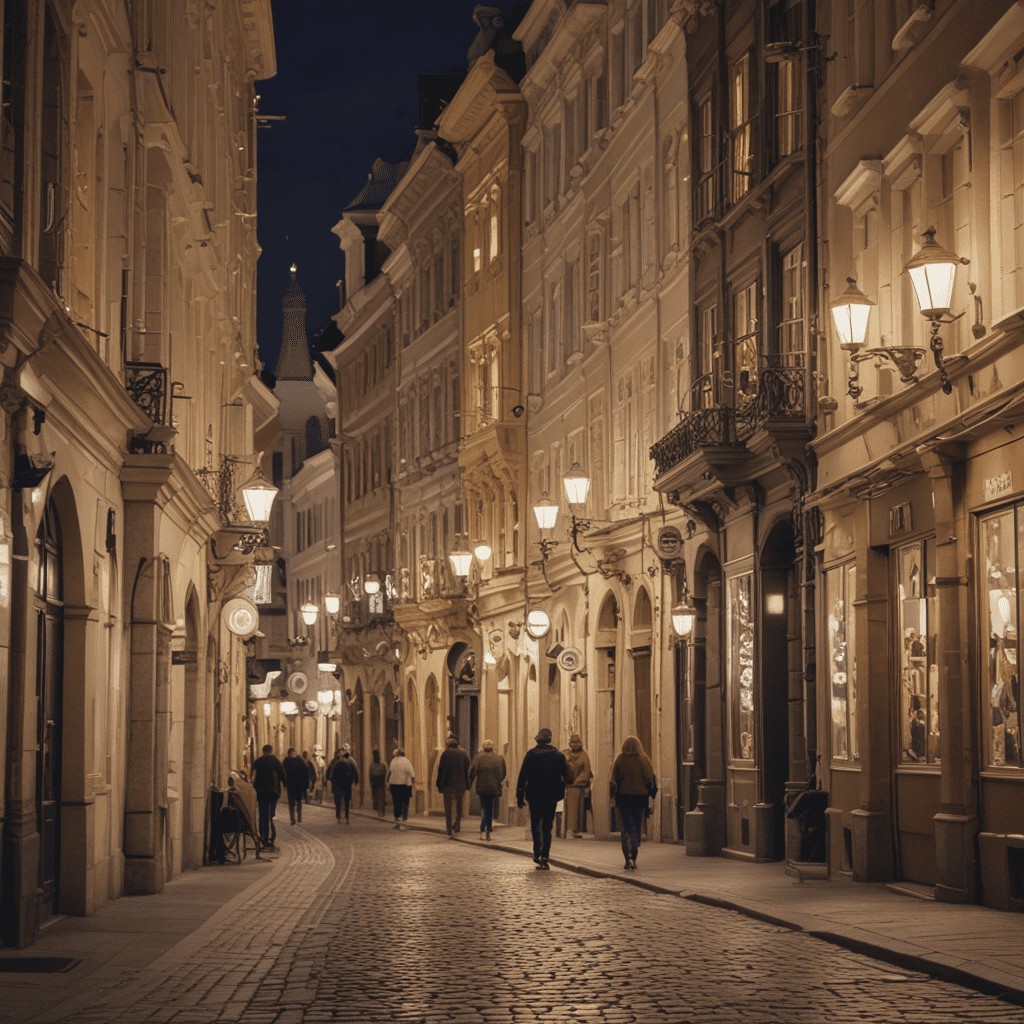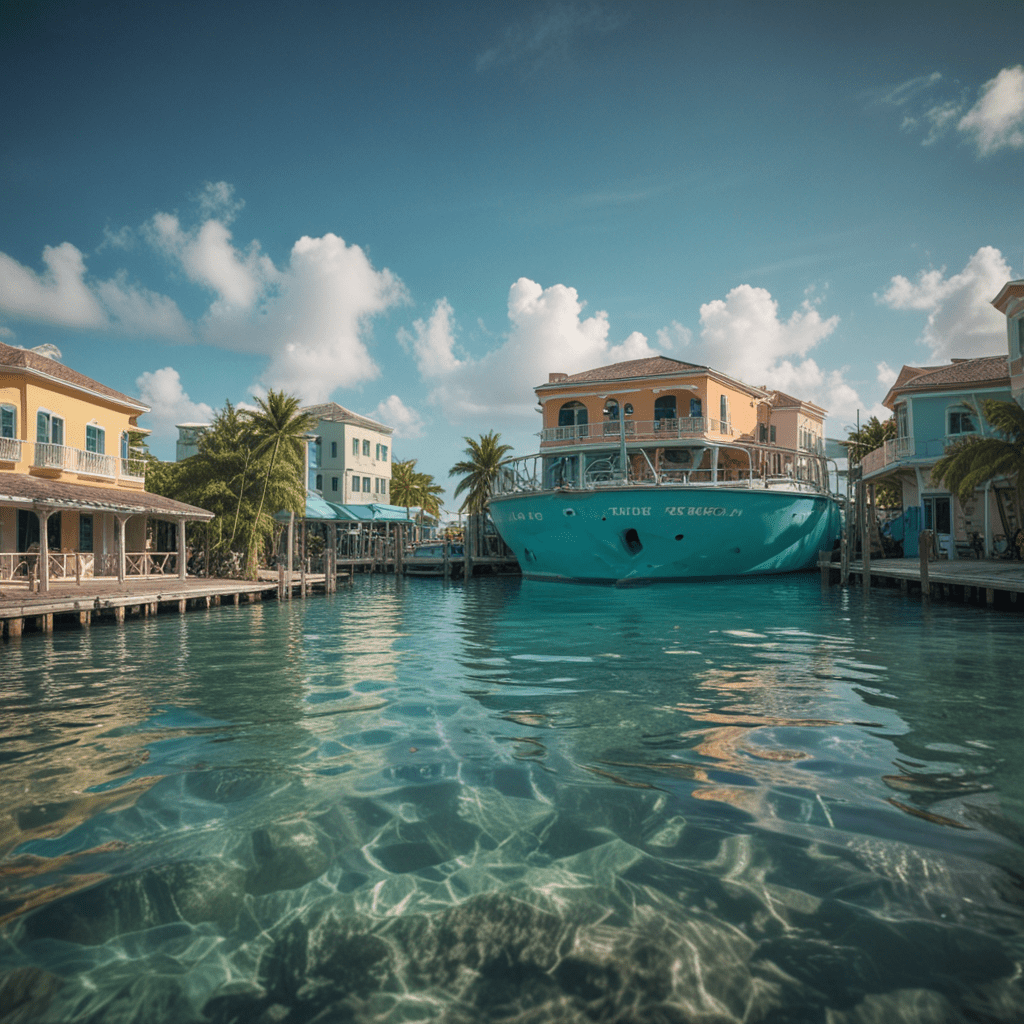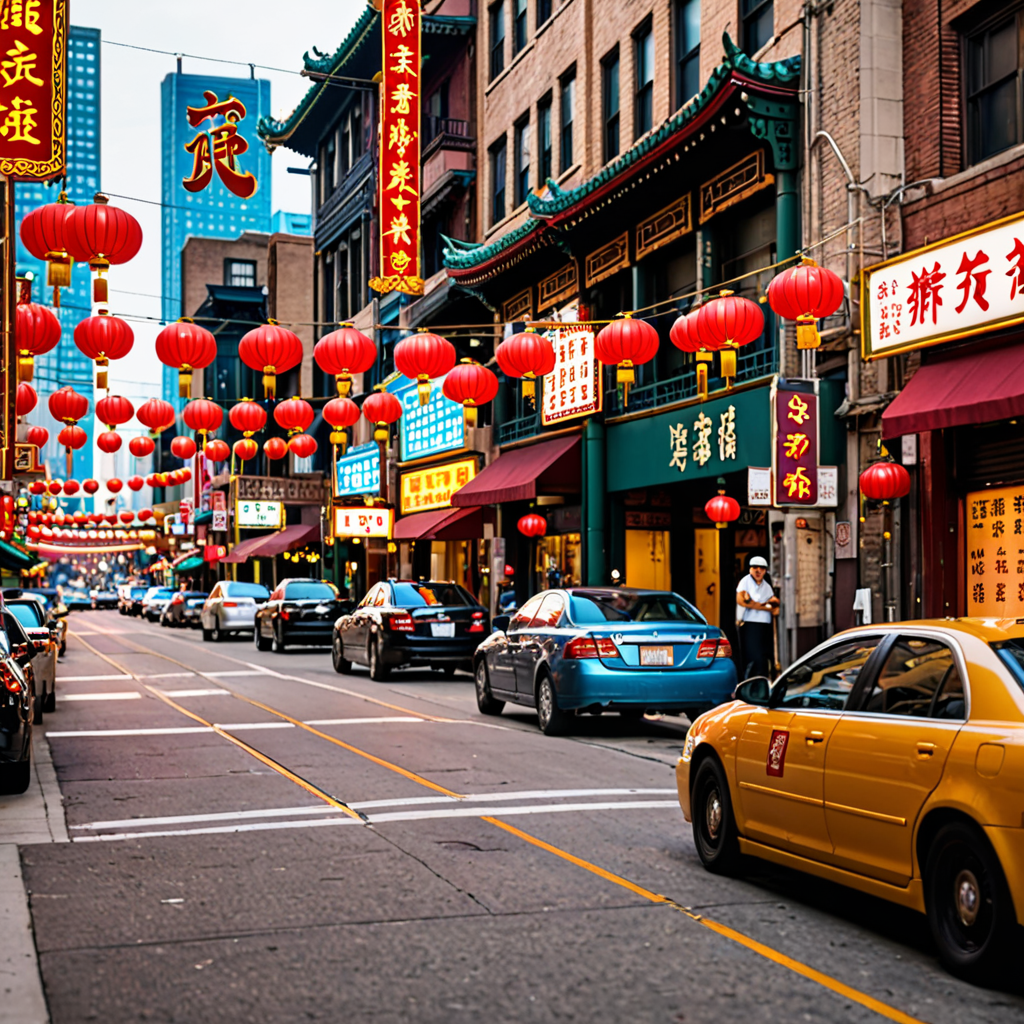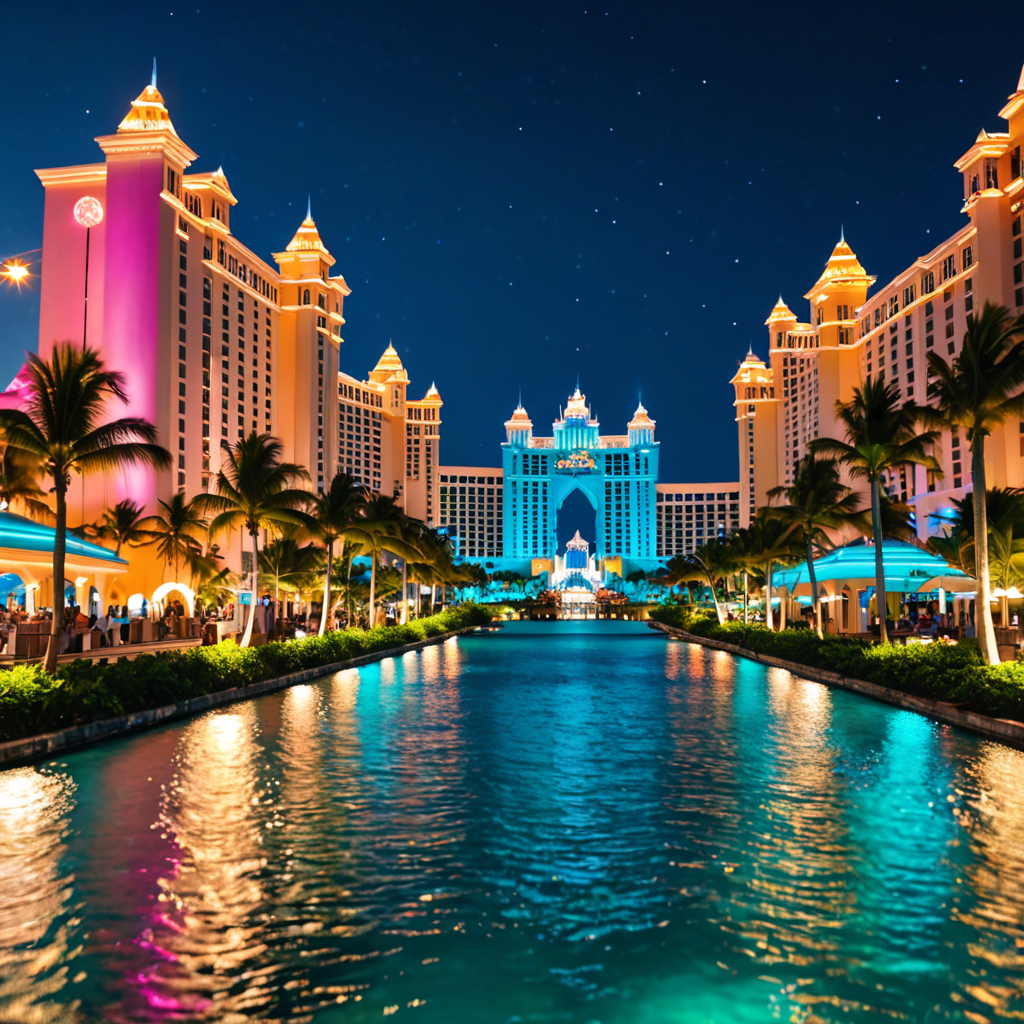
Imperial Grandeur: Hofburg Palace and Heldenplatz
Vienna's iconic Hofburg Palace stands as a testament to Austria's imperial legacy. Spanning several centuries of architectural evolution, the palace complex encompasses opulent Baroque and Neoclassical structures, including the Imperial Apartments, the Sisi Museum, and the Hofburg Chapel. Its grand courtyards and manicured gardens provide a stunning backdrop for historical exploration and cultural events.
Adjacent to the Hofburg lies Heldenplatz, a vast square commemorating Austria's military heroes. The monumental equestrian statue of Prince Eugene of Savoy dominates the square, while the Burgtheater and Neue Burg stand as architectural landmarks. Every year, Heldenplatz hosts the National Day Parade, a vibrant display of Austrian military and cultural heritage.
Musical Masterpieces: Vienna State Opera and Musikverein
Vienna's musical legacy resonates within the hallowed halls of the Vienna State Opera. This world-renowned opera house has premiered countless masterpieces and nurtured legendary performers. Its opulent auditorium, with its gilded balconies and crystal chandeliers, provides an unforgettable setting for experiencing the magic of opera, ballet, and concerts.
Just across the Ringstraße stands the Musikverein, another architectural and musical treasure. The renowned Vienna Philharmonic Orchestra calls it home, and its Golden Hall is considered one of the finest concert halls in the world. The building's Neo-Renaissance facade and intricate interior contribute to its iconic status as a symbol of Vienna's musical excellence.
Classical Elegance: Ringstraße and Palais Coburg
The Ringstraße, a grand circular boulevard, encircles Vienna's historic center. Along its elegant streets, visitors can admire a mesmerizing array of architectural styles, from opulent palaces to Neoclassical and Art Nouveau masterpieces. The State Opera, Parliament, and Burgtheater are just a few of the architectural highlights that grace the Ringstraße.
Palais Coburg, located at the Ringstraße's southern end, stands as a testament to Vienna's aristocratic past. This 19th-century palace served as a residence for the Coburg family and visiting royalty. Today, it houses a luxurious hotel, offering guests a glimpse into Vienna's palatial heritage.
Secessionist Splendor: Wiener Secession and Otto Wagner
Vienna's architectural landscape is marked by the influence of the Secession movement, a turn-of-the-20th-century artistic revolution. The Wiener Secession, an influential group of artists and architects, pushed architectural boundaries with their bold use of geometric forms and Art Nouveau motifs.
One of the most striking examples of Secessionist architecture is the Wiener Secession building, which houses the famous Beethoven Frieze by Gustav Klimt. Otto Wagner, another prominent Secessionist architect, left his mark on Vienna with his numerous buildings, including the Karlsplatz Stadtbahn station and the Postsparkasse.
Arts and Culture: MuseumsQuartier and Kunsthistorisches Museum
Vienna's MuseumsQuartier, an expansive cultural complex in the heart of the city, houses a cluster of world-renowned museums. The Leopold Museum showcases Austrian art from the 19th and 20th centuries, featuring works by Schiele and Kokoschka. The MUMOK (Museum of Modern Art) exhibits contemporary and modern art, while the Kunsthalle Wien presents cutting-edge contemporary exhibitions.
Just a short walk from the MuseumsQuartier stands the Kunsthistorisches Museum, one of the world's finest art museums. Its vast collection spans centuries of art history, from ancient Egyptian artifacts to Renaissance and Baroque masterpieces. Titian, Rubens, and Caravaggio are among the many renowned artists whose works adorn the museum's galleries.
Shopping Haven: Kärntner Straße and Graben
Vienna's shopping scene offers a delightful blend of luxury boutiques, charming local shops, and historic department stores. Kärntner Straße, the city's main shopping street, is lined with flagship stores of international brands and exclusive Austrian labels. The pedestrianized Graben, a picturesque lane leading to St. Stephen's Cathedral, is home to elegant boutiques and traditional Viennese cafes.
Imperial Gardens: Volksgarten and Burggarten
Vienna's imperial legacy is reflected in its magnificent gardens, which provide tranquil oases amidst the city's bustling streets. The Volksgarten, located next to the Hofburg Palace, is a picturesque park with rose gardens, a botanical greenhouse, and a memorial to Johann Strauss II. The Burggarten, situated behind the Hofburg, features a stunning Palm House and a monument to Mozart.
Historic Bridges: Reichsbrücke and Schwedenbrücke
Vienna's historic bridges span the Danube River, connecting different districts of the city. The Reichsbrücke, an elegant steel arch bridge, offers breathtaking views of the Danube and the city skyline. The Schwedenbrücke, built in the 19th century, is adorned with bronze statues representing various historical figures and mythological characters.
Jewish Heritage: Judenplatz and Jewish Museum
Vienna's Jewish heritage is an integral part of the city's history. Judenplatz, located in the heart of the historic Jewish Quarter, was once the site of a thriving Jewish community. Today, it serves as a memorial to the victims of the Holocaust. The Jewish Museum Vienna, housed in a former mansion, chronicles the history of Jewish life in Austria and Vienna.
Hidden Gems: Altstadt and Heiligenkreuzerhof
Beyond Vienna's grand palaces and iconic landmarks, hidden gems await discovery in the city's historic neighborhoods. The Altstadt, the oldest part of Vienna, is a charming maze of cobblestone streets and medieval buildings. Heiligenkreuzerhof, a secluded courtyard near Graben, transports visitors back to a bygone era with its Renaissance architecture and romantic ambiance.
FAQ
Q: What are the best times to visit Vienna?
A: Spring and fall offer pleasant temperatures and fewer crowds. However, Vienna's charm is undeniable year-round.
Q: How can I get around Vienna?
A: Vienna's efficient public transport system, including the metro, trams, and buses, makes it easy to explore the city.
Q: What are some must-try Viennese dishes?
A: Wiener Schnitzel, Tafelspitz (boiled beef), and Sachertorte are culinary delights not to be missed.
Q: Where can I find the best live music in Vienna?
A: The Musikverein, Vienna State Opera, and Porgy & Bess are renowned for their world-class performances.
Q: What are some tips for planning a trip to Vienna?
A: Book accommodations and tickets in advance, especially during peak season. Consider purchasing a Vienna City Card for discounts on attractions and public transport.


